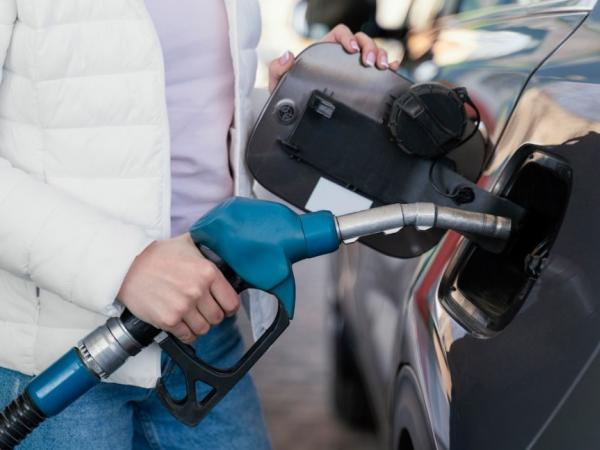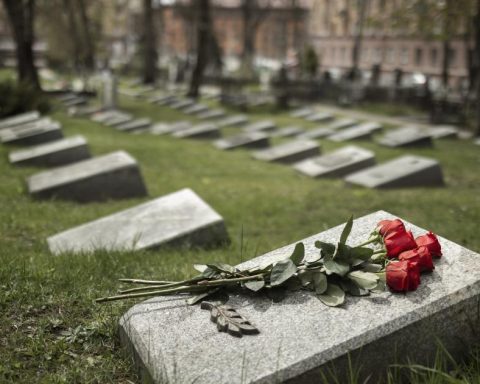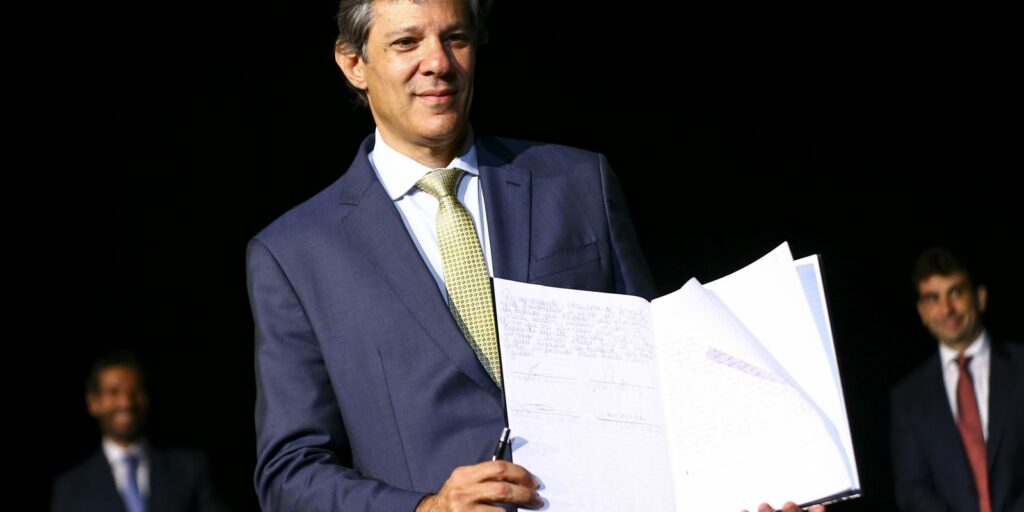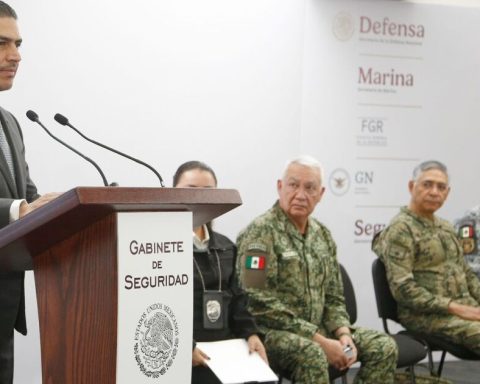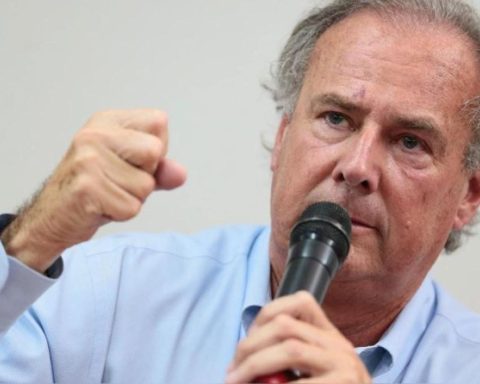One of the country’s large fiscal gaps is found in the Fuel Price Stabilization Fund. Faced with this problem, the government of Gustavo Petro announced progressive increases in the price of gasoline to correct the deficit.
(Read: This would be the increase in rents for 2023: this is how you should calculate it).
Since October began a rise of 200 pesos per month in the price of gasoline. And by January 2023, the Government announced an increase of 400 pesos in a gallon of gasoline and 65 pesos in that of ACPM.
During 2022, gasoline and ACPM subsidies in the country cost close to 37 billion pesos. almost twice as much as seeks to collect with the tax reform approved by Congress.
The idea is that by 2026 the Government will not have to pay almost nothing to the Fund. “It is projected that the price differentials will close at the beginning of 2024 for regular gasoline, and at the beginning of 2025 for ACPM, with which the Government would ensure that the spending pressure associated with the FEPC disappears during the four-year period,” he explains in the report. Financial Plan for 2023.
(Also: When will the effects of the tax reform be felt).
In this sense, increases in gasoline and ACPM will continue to be announced monthly. All this, to close the differences between the international price and the local market of fuels.
“The FEPC deficit represents a challenge for the sustainability of finances
and for the implementation of a progressive social policy consistent with the
energy transition, so materialize actions and strategies aimed at
reducing it is essential to implement a macroeconomic and fiscal strategy
responsible and sustainable in the medium term“, they point out in the document.
(See: Footwear import tax will be extended until 2025).
In this sense, the Government expects that in 2023 and 2024 the transfer to the fund is 1.7% of GDP. A decrease is expected by 2025 and reaches 0.5% of GDP and 0.1% in 2026.
BRIEFCASE
